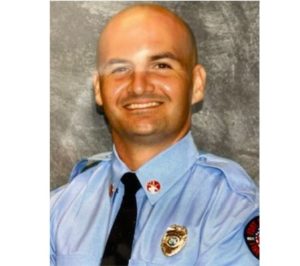(By Kevin Hernandez) January marks the start of National Slavery and Human Trafficking Prevention Month. The president has dedicated January as the month to raise awareness on
this issue since 2010.
Since then, 11 presidential proclamations on the issue have followed. The Department of State uses this month to raise awareness on human trafficking (also known as modern day slavery) domestic and abroad and to thank anti-trafficking organizations for all their work and effort.
The significance of January being National Slavery and Human Trafficking Prevention Month comes from the Emancipation Proclamation issued on January 1, 1863 by President Abraham Lincoln that declared 3.1 million slaves free. The Trafficking Victims Protection Act of 2000 engrained the US commitment to combating modern slavery and human trafficking internationally and maintaining the “forever free” promise of the Emancipation roclamation.
Human trafficking is described as “the unlawful act of transporting or coercing people in order to benefit from their work or service, typically in the form of forced labor or sexual exploitation. An estimated 21 million people worldwide are victims of forced labor and about $51 billion per year are made from its use. About 4.5 million people worldwide are victims of forced sexual exploitation and about $99 billion are made from it per year. In 2019, Florida had the third highest human trafficking rate.
Human trafficking is a threat to international peace and security. It robs people of their dignity, freedom and basic human rights. Events such as natural disasters, war or pandemics can increase the number of people harmed in human trafficking due to people being displaced from their homes, being separated from their family and friends, disconnected from support services and inability to safely earn income.
Anyone has the ability to spot a possible human trafficking situation. Some
common locations for human trafficking are construction sites, restaurants, elder
care centers, nail salons, agricultural fields and hotels. The trafficker can hold
people against their will by threats of deportation and harm to the victim or their
family.
Red flags of a possible human trafficking situation include someone living with
their employer, poor living conditions, multiple people living in a small space,
inability to speak to a person alone or their answers appearing scripted and
rehearsed.
If you think, you have spotted a possible human trafficking situation
contact the 24 hour, 7 day a week Human Trafficking Resource Center at 1-888-
373-7888 or send an email to help@humantraffickinghotline.org.
FMFD Firefighter-Paramedic Kevin Hernandez has served the Fort Myers Beach Fire District for nearly 4-years. Prior to joining the District Kevin worked for the Lee County Division of Public Safety as a Paramedic. Kevin has a passion and interest in Journalism and earned a Bachelor of Arts Degree in Journalism from the University of Central Florida in 2012.

